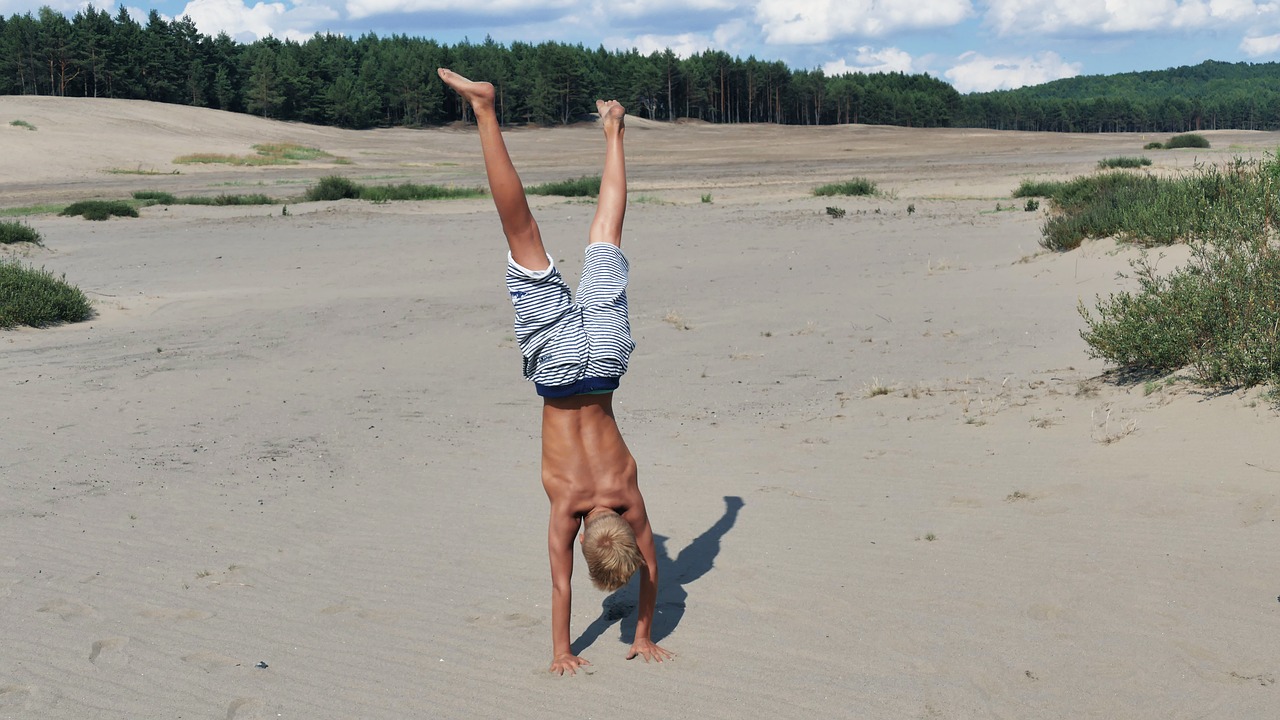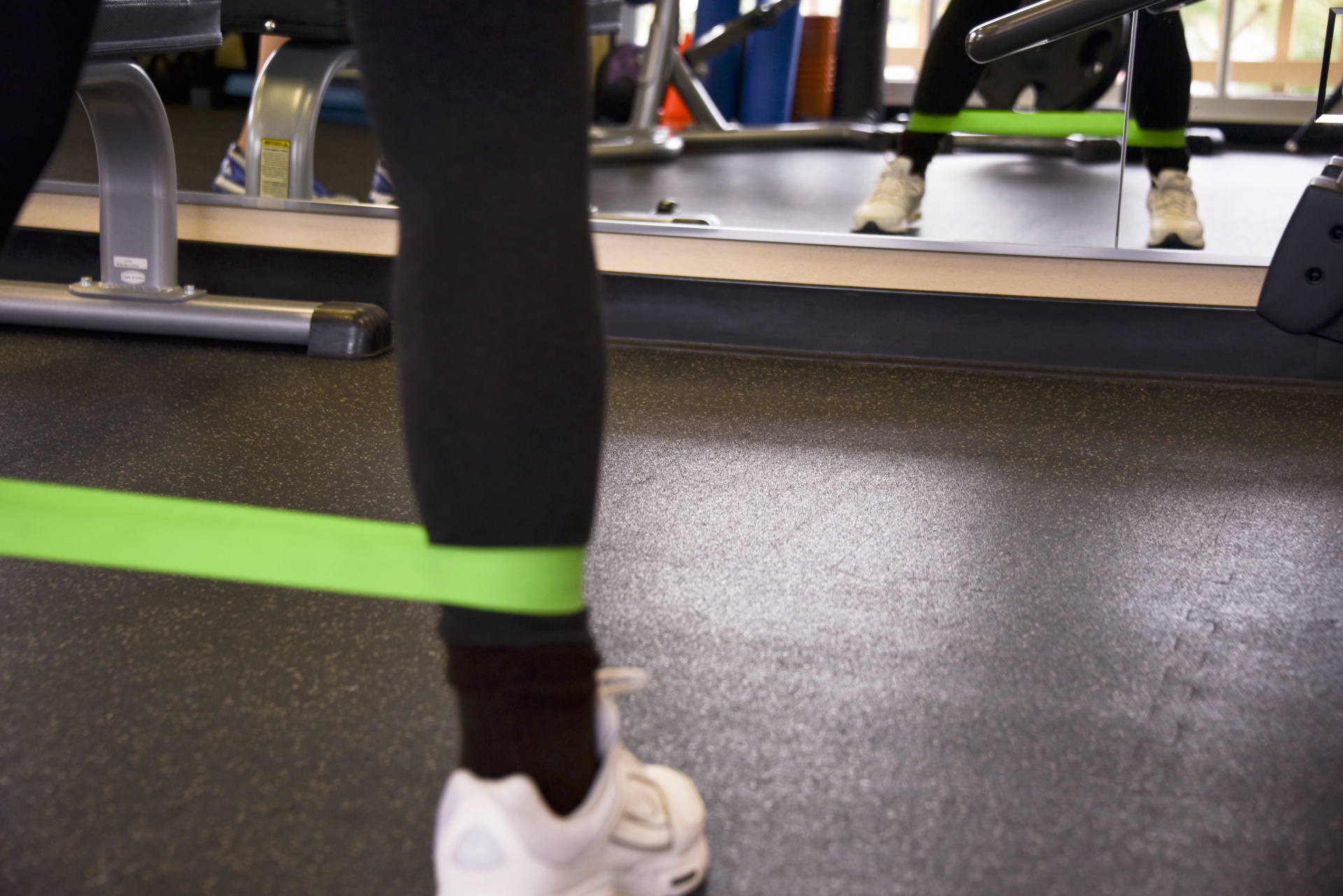Difference Between Physical Activity and Exercise
Development coupled with technological advancement has significantly improved the quality of life. Activities that would otherwise take a long period to accomplish now only take a fraction of time. Improved transport systems, ways of communication and efficacy in the manufacturing process, just to name a few, are just a few examples of the changes the world has witnessed over time. Despite the advantages, complacency has been observed, leading to lifestyle diseases. The need for exercise and physical activities can hence not be underestimated. Although these two terms are used simultaneously, they have differences.

What is a Physical Activity?
This refers to any body movements that result in the utilization of energy. Examples of physical activities include walking, housework, gardening, walking the stairs and general labour activities including activities done throughout the day that involve movement.
The importance of physical activities includes improved quality of life and reduced risks of diseases. To determine the effectiveness of physical activities in a person muscular endurance, cardiovascular endurance, flexibility, muscular strength and body composition can be measured in a fitness test.
Physical activities can be a great start for individuals looking to maintain good health. However, to achieve additional health-related goals and fitness, higher intensity and structured exercise should be incorporated into the routine.

What is an Exercise?
We must have heard this over and over again. Though cliché, regular exercise is important in everyday life. These are planned, purposeful, repetitive and structured physical activities performed to acquire health benefits and body fitness. Examples of forms of exercise include weight lifting, swimming, running, cycling, working out at a gym and sports activities such as tennis and golf.
Advantages of exercise include:
- Prevention of excessive weight gain as well as maintaining weight
- Prevents and decreases the risks of diseases and health conditions including high blood pressure, anxiety, stroke, depression, type 2 diabetes and metabolic syndrome, just to name a few
- Boosts energy
- Improves mood
- Improves sex life
- Promotes better sleep
Similarities between Physical Activity and Exercise
- Both decrease the risks of lifestyle-related conditions and diseases
Differences between Physical Activity and Exercise
Definition
Physical activity refers to any body movements that result in the utilization of energy. On the other hand, exercise refers to planned, purposeful, repetitive and structured physical activities performed to acquire health benefits and body fitness.
Examples
Examples of physical activities include walking, housework, gardening, walking the stairs and general labour activities including activities done throughout the day that involve movement. On the other hand, examples of exercise include weight lifting, swimming, running, cycling, working out at a gym and sports activities such as tennis and golf.
Physical Activity vs. Exercise: Comparison Table

Summary of Physical Activity and Exercise
Physical activity refers to any body movements that result in the utilization of energy. On the other hand, exercise refers to planned, purposeful, repetitive and structured physical activities performed to acquire health benefits and body fitness. Both, coupled with diet, remain effective methods to boost health and increase the quality of life.
- Difference Between Profit Center and Investment Center - July 2, 2022
- Difference Between Anti-Trust and Anti-Competition - June 6, 2022
- Difference Between Stocktaking and Stock Control - June 6, 2022
Search DifferenceBetween.net :
Leave a Response
References :
[0]Haskell W & Bouchard C. Physical Activity and Health. Human Kinetics, 2012. https://books.google.co.ke/books?id=tO96DwAAQBAJ&printsec=frontcover&dq=Difference+between+Physical+Activity+and+Exercise&hl=en&sa=X&ved=0ahUKEwio3uL1h7XpAhVcRhUIHadqCCYQ6AEIJTAA#v=onepage&q=Difference%20between%20Physical%20Activity%20and%20Exercise&f=false
[1]Haskell W & Bouchard C. Physical Activity and Health. Human Kinetics, 2012. https://books.google.co.ke/books?id=tO96DwAAQBAJ&printsec=frontcover&dq=Difference+between+Physical+Activity+and+Exercise&hl=en&sa=X&ved=0ahUKEwio3uL1h7XpAhVcRhUIHadqCCYQ6AEIJTAA#v=onepage&q=Difference%20between%20Physical%20Activity%20and%20Exercise&f=false
[2]Foster L & Simmons M. Sport and Exercise Psychology Research Advances. Nova Publishers, 2008. https://books.google.co.ke/books?id=eFSxBokQFQsC&pg=PA329&dq=Difference+between+Physical+Activity+and+Exercise&hl=en&sa=X&ved=0ahUKEwio3uL1h7XpAhVcRhUIHadqCCYQ6AEIODAC#v=onepage&q=Difference%20between%20Physical%20Activity%20and%20Exercise&f=false
[3]David Campos. Jump Start Health! Practical Ideas to Promote Wellness in Kids of All Ages: Practical Ideas to Promote Wellness in Kids of All Ages. Teachers College Press, 2015. https://books.google.co.ke/books?id=1pjF8yo-EdUC&pg=PA126&dq=Difference+between+Physical+Activity+and+Exercise&hl=en&sa=X&ved=0ahUKEwio3uL1h7XpAhVcRhUIHadqCCYQ6AEIQTAD#v=onepage&q=Difference%20between%20Physical%20Activity%20and%20Exercise&f=false
[4]Image credit: https://cdn.pixabay.com/photo/2019/05/06/22/15/physical-activity-4184457_1280.jpg
[5]Image credit: https://www.publicdomainpictures.net/pictures/150000/velka/exercise-with-bands.jpg
